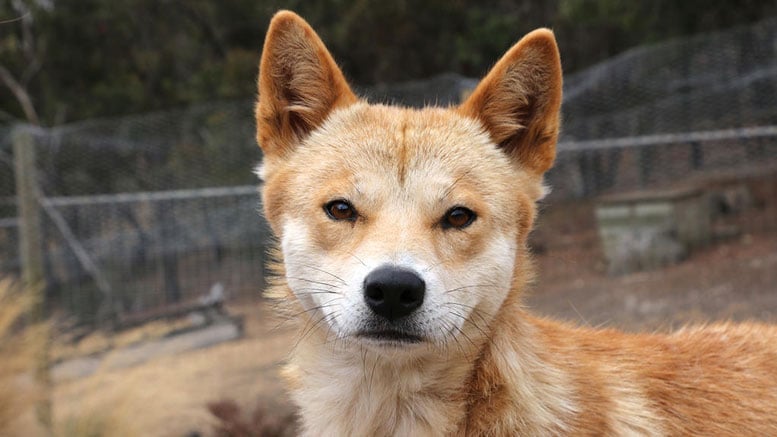
Researchers suggest that dogs may have developed the motivation to make eye contact early in domestication and later developed the desire to maintain it as they became closer to humans.
Why do dogs, unlike wolves, make eye contact with people? New research from Yale University helps fill out the evolutionary history of the deep and enduring connection between humans and dogs.
Domesticated dogs look at their owners to convey and request a host of information — for instance, for help in solving a difficult problem. Wild wolves do not. Dingoes appear to represent an intermediate point in the domestication of wolves.
When dingoes arrived in Australia some 5,000 to 10,000 years ago, they were likely comfortable around humans, but not yet fully domesticated. “Dingoes give us a glimpse at what dogs might have been like at the earliest stages of domestication,” said Angie Johnston, a graduate student at Yale.
The new study led by psychologists Johnston and Laurie Santos published in the journal Animal Behaviour shows dingoes are more likely to make eye contact with people than wolves are, but for a shorter period than dogs. According to the researchers, these findings suggest that dogs may have developed the motivation to make eye contact with people early in their domestication, but only developed the desire to maintain this contact later in their evolution as man’s best friend.
Reference: “Uncovering the origins of dog–human eye contact: dingoes establish eye contact more than wolves, but less than dogs” by Angie M. Johnston, Courtney Turrin, Lyn Watson, Alyssa M. Arre and Laurie R. Santos, 9 October 2017, Animal Behaviour.
DOI: 10.1016/j.anbehav.2017.09.002
Abstract: Through domestication, dogs have developed a robust ability to form interspecific bonds with humans. Recent work comparing dogs and wolves suggests that eye contact is an important behavior underlying these social bonds; however, it remains unclear how this feature of interspecific social bonding evolved. We explored eye contact in a unique comparison species that represents an intermediate point in canid domestication: the Australian dingo (Canis dingo). Across two different studies with two different human handlers, we examined dingo-initiated eye contact using a method similar to one previously used with dogs and wolves. In contrast to wolves tested previously, dingoes initiated eye contact with a human, but did so for a shorter time than dogs. Given that dingoes share only an early domestication history with dogs, our results suggest that the motivation to initiate eye contact with humans may have evolved relatively early in domestication. However, the tendency to maintain prolonged eye contact with a familiar human may have evolved later. These results shed new light on the evolutionary steps by which humans and dogs developed their unique social bond.

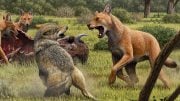
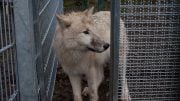



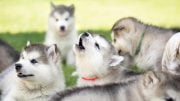
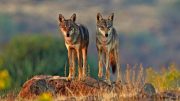
Be the first to comment on "Uncovering the Origins of the Connection Between Humans and Dogs"